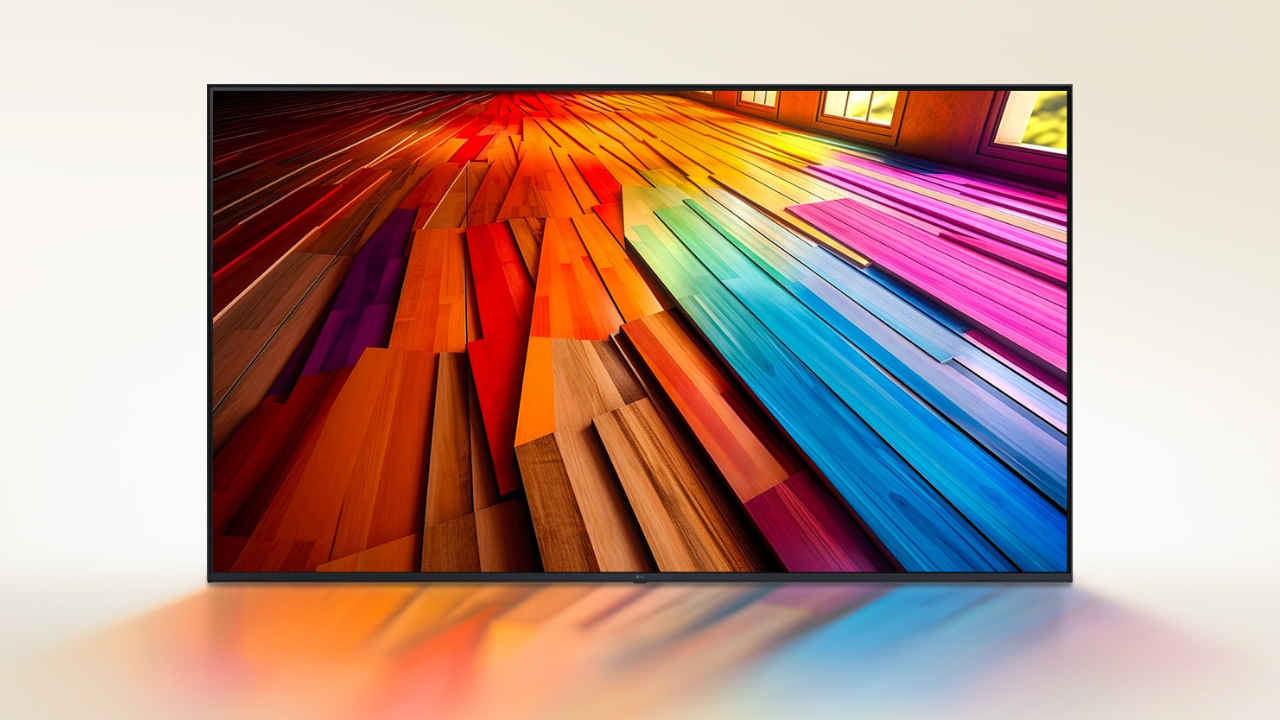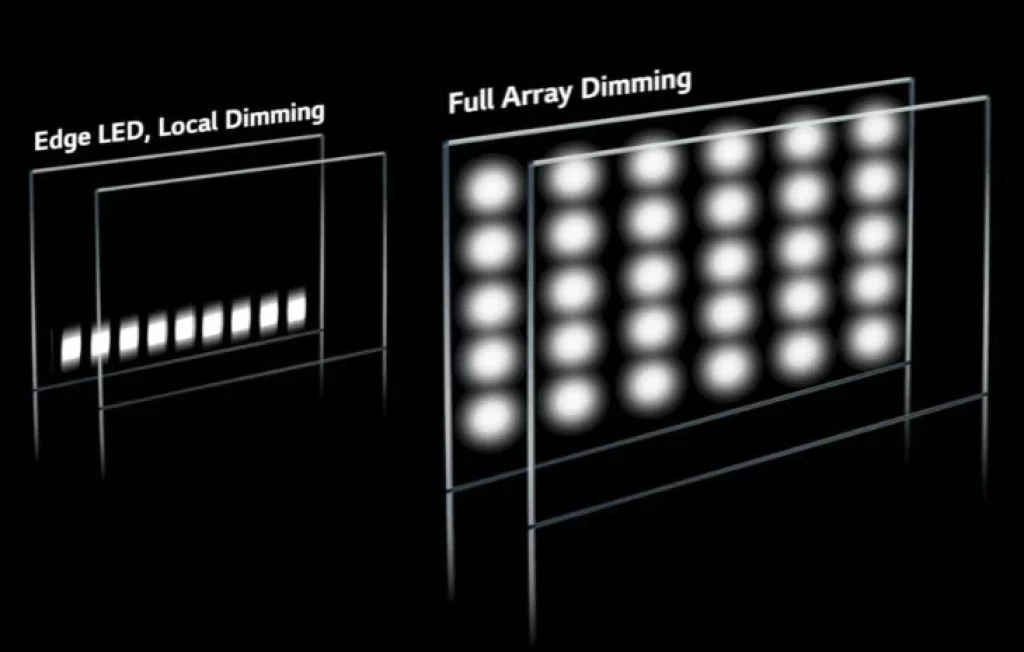Top myths of buying a TV in 2025: Here’s what you need to know

Buying a TV in 2025 isn’t as straightforward as picking the biggest screen with the most flashy specifications. With marketing jargon thrown around liberally, even tech-savvy buyers can fall for misconceptions that don’t always translate to better real-world performance. Here, we will break down some of the top myths surrounding modern TVs and help you make a smarter purchase decision.
High peak brightness does not mean better HDR
Peak brightness is an important factor in HDR performance, but it’s not the only one. Other key elements include sustained brightness across scenes, wider color volume, and proper tone mapping. Simply having high peak brightness for brief moments doesn’t guarantee better HDR.
For example, OLED TVs, despite having lower peak brightness than some LED TVs, deliver superior HDR performance due to their infinite contrast. Poor tone mapping can also make HDR content appear washed out or too dark. A balanced combination of brightness, contrast, and color accuracy is key to great HDR visuals.
Talking of HDR, another common myth is that Dolby Vision is end-to-end calibrated. While Dolby Vision is an advanced HDR format that enhances picture quality, achieving the best experience still depends on having a well-calibrated and accurate display.
Also Check: 4 Types of Quantum Dot Displays – QLED vs QDEL vs QD-OLED vs QD-micro LED
8K is not better than 4K
It’s easy to assume that more pixels mean better image quality, but 8K still faces fundamental challenges in 2025. While an 8K panel does offer four times the resolution of 4K, it doesn’t necessarily lead to a visibly sharper picture. Native 8K content is almost non-existent. Most of what you’ll watch will be upscaled 4K or even 1080p content, which doesn’t fully leverage the extra pixels. On a typical living room-sized TV, the difference between 4K and 8K is barely noticeable unless you sit extremely close. Moreover, running 8K at native resolution requires significant processing power, which can lead to trade-offs in performance and frame rates.
Some of the latest TVs use AI to generate the missing pixels and this apparently results in better 8K quality. But for now, 4K TVs are recommended as a smarter choice.
All HDMI 2.1 Ports are not equal
The HDMI 2.1 standard introduced a range of features like 4K at 120Hz, Variable Refresh Rate (VRR), and Auto Low Latency Mode (ALLM). However, not every TV with an “HDMI 2.1” port supports the full feature set. Some manufacturers label their HDMI ports as 2.1 even if they only support a subset of features. In fact, some TVs market HDMI 2.1 ports without a single HDMI 2.1 feature. Some HDMI 2.1 ports cap out at 24Gbps bandwidth instead of the full 48Gbps. So, if you are a gamer, you might want to dive into these details.
Similarly, on many affordable displays, 120Hz is not truly native. Many TVs use interpolation to simulate a higher refresh rate, which can be effective but is not as smooth as true 120Hz.
More Dimming Zones does not mean better dimming performance

Full Array Local Dimming (FALD) improves LED TV contrast by selectively turning off backlight zones. However, the number of zones isn’t the primary factor that determines dimming performance. A TV with 500 poorly optimised dimming zones can perform worse than one with 200 well-tuned zones. Mini-LED improves precision, but it still relies on zones, unlike OLED’s pixel-level control. Manufacturers often have to choose between allowing more blooming or suppressing dark details. Look beyond the number of dimming zones and check reviews for real-world performance.
Higher Color Gamut can be misleading
TVs boasting a high percentage of the DCI-P3 or BT.2020 color gamut may sound impressive, but this doesn’t necessarily mean they display colors accurately in all brightness levels. A TV needs to maintain accurate colors at different luminance levels, not just hit a wide gamut in ideal conditions. Some TVs over-saturate colors, making reds and greens look unnatural. A TV with excellent color volume and tone mapping will offer a better experience than one with just a high color gamut.
Also Read: What are wide colour gamuts like DCI-P3 and why they can be misleading
Bonus: It’s ok to buy the last year model
Many buyers assume that the latest TV model is always the best choice, but that’s not always true. Newer models often bring incremental upgrades rather than groundbreaking changes. In some cases, last year’s high-end model available at a discounted price can offer better overall performance and value than the newer iteration.
Deepak Singh
Deepak is Editor at Digit. He is passionate about technology and has been keeping an eye on emerging technology trends for nearly a decade. When he is not working, he likes to read and to spend quality time with his family. View Full Profile




